 Free Bonus audios and online resources* can be downloaded.
Free Bonus audios and online resources* can be downloaded. How to Download the Bonus Material of this Book. 1. You must have an internet connection. 2. Type the URL below into to your web browser.
* Some of the online resources are password locked. * Some of the online resources are password locked.
The password can be found on page 9. Part One The Basics How to Use This Book JLPT Study Guide is designed to be the complete guide to passing the N5 or JLPT N5. The guide prepares you for every part of the exam. Not only does it cover all the necessary grammar, but there are also dedicated sections for vocabulary, reading and listening, so that you can practice your comprehension and test-taking skills. This book can be used by beginners or by those who have previously studied the language for self-study or in a classroom setting. If you have studied Japanese for some time, the JLPT-style questions will help you narrow down your focus before the big test. If you are just starting out, there is romaji available to help you read all of the Japanese text.
Manga Story Throughout JLPT Study Guide, you will be following along with Matt and Yu, in their misadventures. Matt has just started studying in Japan, while Yu is living and working in Japan. They will be introducing the major N5 grammar points at the start of several lessons in the book. Grammar Section The grammar section covers all of the essential grammar for the N5. Each lesson starts with a quick conversation that introduces the major grammar points. From there we will be going over common mistakes for each grammar point.
You will also have the chance to practice the grammar with some simple exercises. At the end of every lesson, there are JLPT-style questions to help you get comfortable with answering real questions from the test. Vocabulary, Reading and Listening Sections Each of these sections will walk you through valuable strategies on how to improve your score on the test, as well as improve your listening and reading comprehension skills. There are also numerous JLPT-style questions just like the kind you will see on the N5, so that you will be prepared. Contents of the online materials * with answer keys and listening scripts 3 full practice tests audio recordings and listening scripts for all of the listening exercises audio flashcards that cover all the key sentences from the book audio recordings for all of the introductory conversations in the grammar sections full kanji editions of all the grammar conversations answer keys for all of the questions in the book translations and romaji for all the reading passages grammar, kanji, kana, and vocabulary flashcards How to get started If you have just started studying Japanese, you should start with the hiragana flashcards and mnemonics. In order to pass the test, you will need to be pretty comfortable with hiragana.
There is no English or romaji on the test; the entire test is in hiragana, some kanji, and a little katakana. Dont feel like you have to master the hiragana before starting though. There is romaji throughout the book to help you read the key phrases and expressions. After familiarizing yourself with the hiragana, dive into the grammar section starting with lesson 1. The lessons are cumulative, each lesson builds on past lessons, so you will need to understand the grammar points in the previous lessons, before moving on to the next. At the end of each chapter, there are 10 JLPT-style questions that cover the lessons main grammar points.
Once you have finished the grammar section, you can move on to the vocabulary, reading and listening sections. All of these sections presume you have knowledge of N5 vocabulary and grammar. Only the vocabulary section requires that you read kanji though. The Reading section will have furiganahiragana above the kanjito help you with difficult kanji. The listening section only uses hiragana. After you have completed the main guide, you can move on to the practice tests available online.
Each test is full-length and has detailed answer explanations that can help you discover your weak points before you take the actual test. If you have been studying Japanese for a period of time, and are looking to refine your understanding of the test, it is best to start with one of the practice tests available online, and find out where your weaknesses are. Knowing your weakness, you can then focus on the specific sections of the JLPT that you need to improve to pass the test. Whether you are just starting out, or have some experience with Japanese, use the audio flashcards to help you reinforce the grammar as well as get some regular-focused listening practice. These can be used while commuting on the train, on the car, walking or doing housework. The JLPT does not cover the writing of kanji.
For instance, you do not need to know the exact stroke order or all the readings for a particular kanji. However, it might be easier to recognize kanji if you practice writing them out with the practice sheets included with the online materials. *Use this password to access the practice tests: PasstheJLPT. SYMBOLS AND ABBREVIATIONS USED IN THIS BOOK PARTS OF SPEECH
| Part | Symbol | Examples |
| meishi noun | N | , , obent, hon, tsukue bento, book, desk |
| ikeiyshi -adjective | A | , , akai, oishii, suzushii red, delicious, cool |
| nakeiyshi -adjective | A | , , benri, shizuka, kirei convenient, quiet, pretty |
| dshi Verb | V | , , suru, iku, taberu to do, to go, to eat |
Japanese is a little unusual in that it actually uses two different kinds of adjectives-adjectives and -adjectives. The reason for the difference is that -adjectives are actually loanwords from Chinese. They are typically written in more complicated kanji without any okuriganahiragana that typically follows kanji in other Japanese words.
VERB FORMS
| Form | Symbol | Examples |
| masukei -form | V | , , ikimasu, tabemasu, kimasu go, eat, come |
| jishokei dictionary form | Vdict | , , iku, taberu, kuru to go, to eat, to come |
| tekei -form | V | , , itte, tabete, kite go, eat, come |
| takei -form | Vpast | , , itta, tabeta, kita went, ate, came |
| naikei -form | V | , , ikanai, tabenai, konai not go, not eat, not come |
| renykei verb stem | Vstem | , , iki, tabe, ki go, eat, come |
PLAIN FORM
| Affirmative | Negative |
| Symbol | Non-past | Past | Non-past | Past |
| Vplain | iku go taberu eat | itta went tabeta ate | ikanai not go tabenai not eat | ikanakatta didnt go tabe nakatta didnt eat |
| plain | takai tall/expensive | taka katta was tall/expensive | takaku nai not tall/expensive | takaku nakatta wasnt tall/expensive |
| plain | benri da convenient | benri datta was convenient |

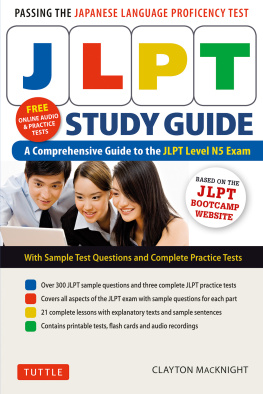
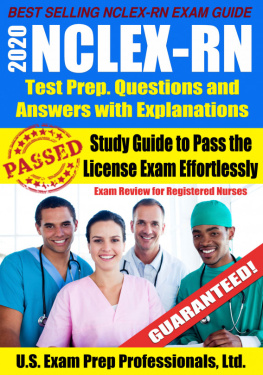

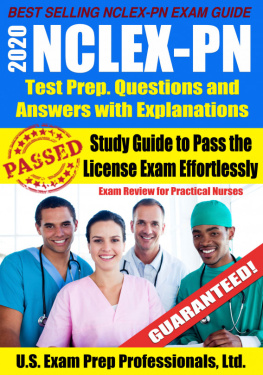

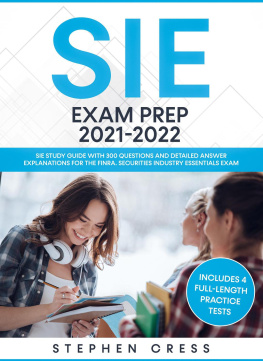
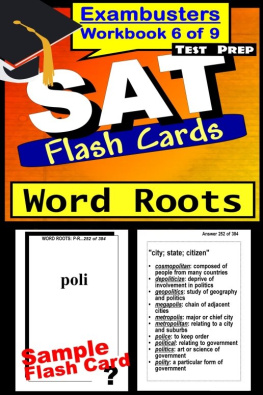
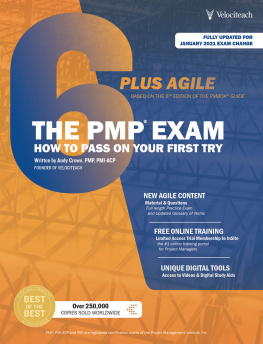

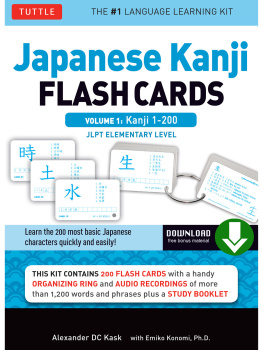

 Free Bonus audios and online resources* can be downloaded. How to Download the Bonus Material of this Book. 1. You must have an internet connection. 2. Type the URL below into to your web browser. * Some of the online resources are password locked. * Some of the online resources are password locked.
Free Bonus audios and online resources* can be downloaded. How to Download the Bonus Material of this Book. 1. You must have an internet connection. 2. Type the URL below into to your web browser. * Some of the online resources are password locked. * Some of the online resources are password locked.